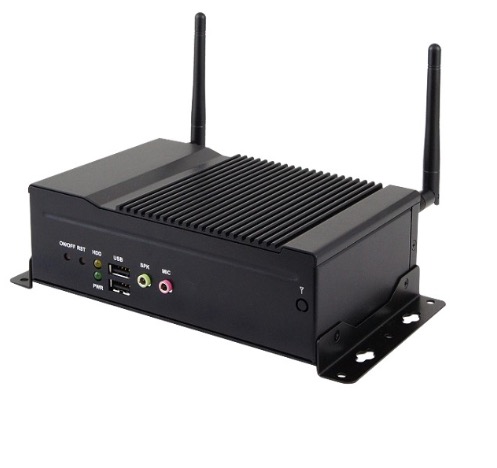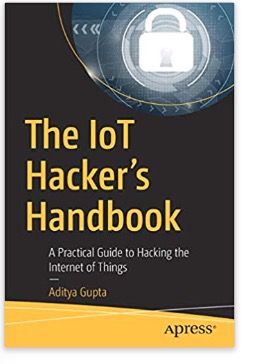Recent Posts
Fanless Embedded Computer With Intel Atom Processor For Intelligent Transportation Applications
Posted by on
iBASE Technology, a manufacturer of embedded computing systems, proclaimed the release of their CSB200-818, a fanless embedded system that is fully operable under severe environmental conditions. It is suitable for 24/7 deployments to support industrial automation and intelligent transportation applications, and it comes with a 12V-24V DC terminal block power input and an optional 60W power adaptor.
The embedded CSB200-818 contains a 3.5-inch single-board computer (SBC) powered by an Intel Atom processor E3930, N4200 or N3350, and it provides 4GB (default) of DDR3L-1866 system memory which is upgradeable to 8GB. It allows wired and wireless connectivity with the two onboard RJ45 Gigabit Ethernet ports and dual mini PCIe slots for optional WiFi, Bluetooth and LTE interface boards.
An onboard I/O interface collection incorporates four high-speed USB 3.0, HDMI, four COM ports and two RJ45 connectors. Additional features include wall-mount mounting and wireless antennas.
The CSB200-818 supports an extended operating temperature range of -30°C to +65°C, supported by the use of an Intel Atom processor E3930 plus 64GB industrial-grade SSD. The optional N-Series (N4200/N3350) CPU and 500GB of SATA HDD operate in a range of -10°C to +45°C. Both temperature conditions necessitate adequate airflow.
Features
- Fanless system with IBASE IB818 3.5” Disk-Size SBC
- Supports Intel® Atom™ processors E3930 & Pentium® N4200/ Celeron® N3350 Series
- Wide-range operating temperature from -30°C to 65°C (airflow) w/ Intel® Atom™ CPU
- 12V~24V DC wide-range power input
- Wall mount kit included
The IoT Hacker's Handbook: A Practical Guide to Hacking the Internet of Things
This book takes a practical approach for analyzing the Internet of Things (IoT) devices and the security issues facing an IoT architecture.
It reviews the architecture's central components, from hardware communication interfaces, such as UART and SPI, to radio protocols, such as BLE or ZigBee. The reader learns to evaluate a device physically by opening it, looking at the PCB, and identifying the chipsets and interfaces. That information is valuable to obtain entry to the device or to execute additional actions, such as dumping encryption keys and firmware.
As the IoT rises to one of the most successful tech trends, manufacturers need to take the necessary steps to secure devices and protect them from attackers. The IoT Hacker's Handbook breaks down the Internet of Things, exploits it, and demonstrates how these devices work securely.
 Loading... Please wait...
Loading... Please wait...


